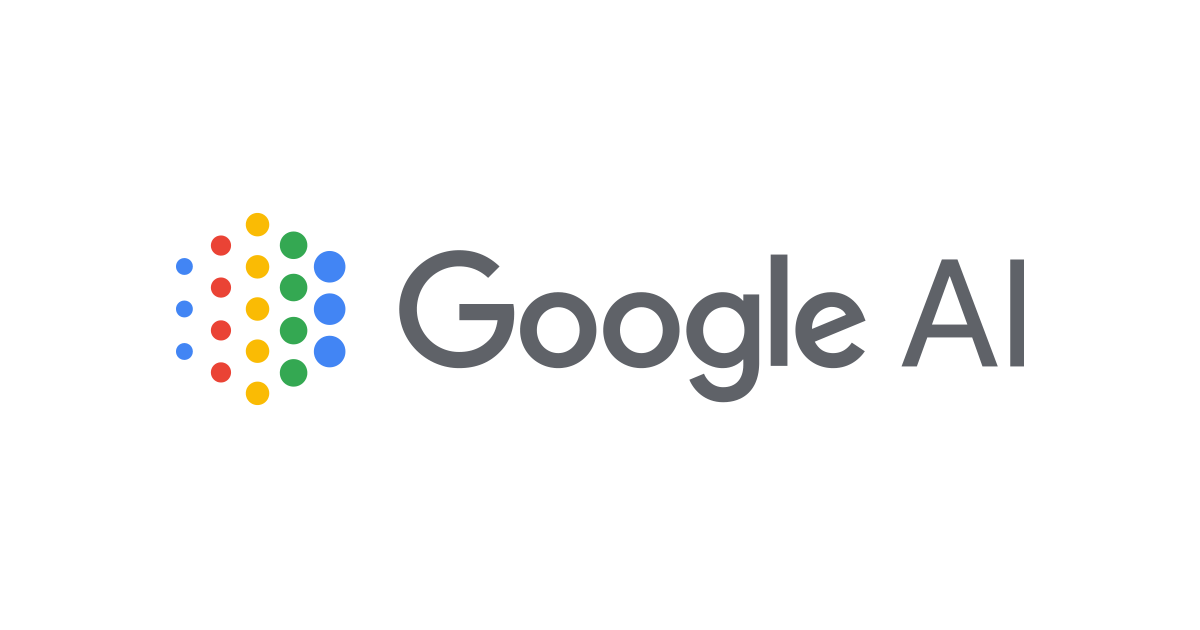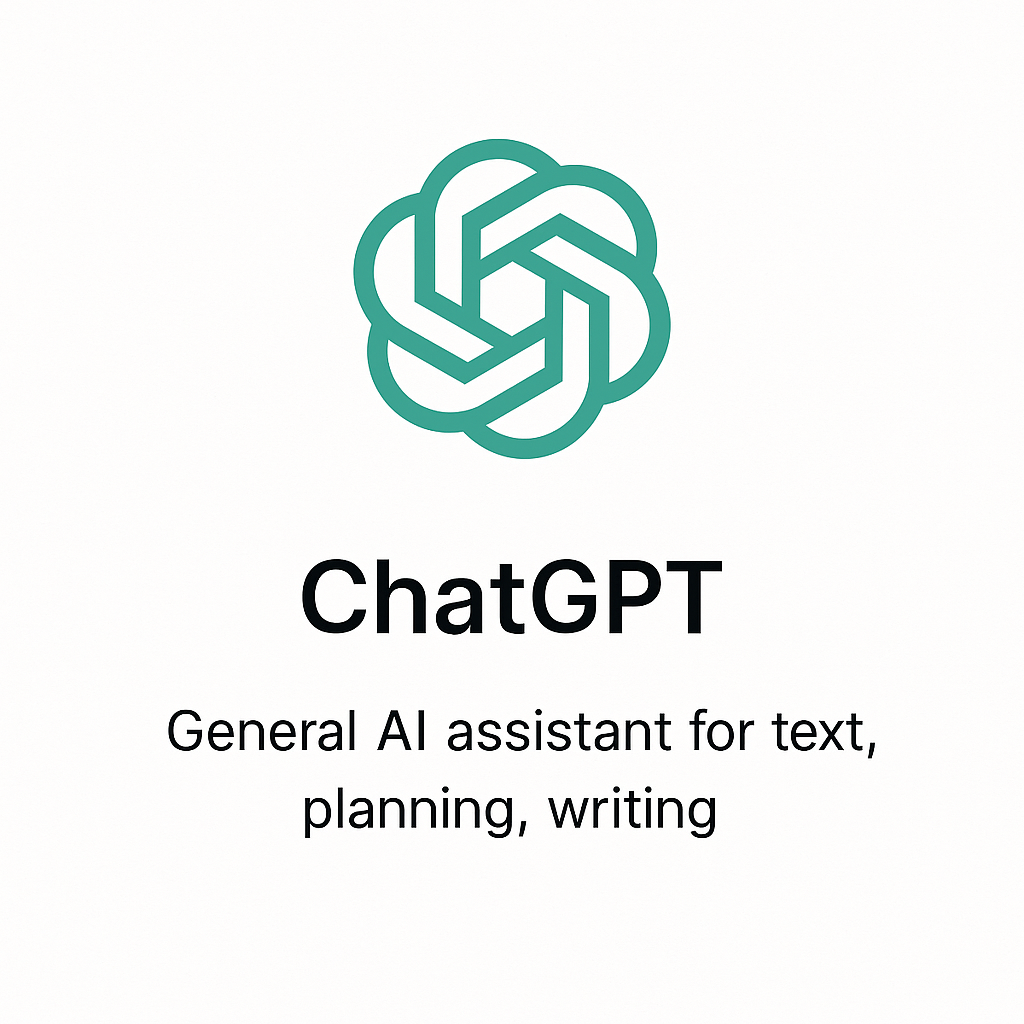SEARCH ENGINE AI TOOLS



1. What is a Search Engine AI Tool?
A Search Engine AI tool combines traditional search with artificial intelligence to give you direct answers, summaries, and insights — not just a list of links.
🔍 You ask a question, and the AI searches the web, reads the content, and delivers a clean, summarized answer instantly.
2. Who Can Use These Tools? (With Professional Examples)
AI search tools are for anyone who needs answers fast — especially those who want to avoid wasting time scanning 10+ links. Examples:
Entrepreneurs – Research competitors and market trends quickly.
Students – Summarize scholarly articles or prep for exams.
Journalists – Get verified facts and citations for articles.
Product Managers – Find latest insights, trends, or use cases.
Consultants – Prepare pitch decks using fresh and credible data.
🎯 Example: A digital consultant uses Perplexity.ai to compare 5 marketing trends in 3 minutes — with citations.
3. Why Google AI Mode, Perplexity, ChatGPT Are Different from Basic AI Assistants
Basic AI assistants (like standard ChatGPT-3.5) respond using pre-trained knowledge. They don’t fetch live data or search the web.
Google AI Mode, Perplexity, and ChatGPT (with browsing enabled) are:
Connected to the internet
Provide real-time answers
Include citations or links to sources
Understand complex questions better
🤖 Regular AI = Static knowledge
🌐 Search AI = Real-time, research-powered responses
4. Why These Tools Are Needed & The Advantages You Get
⏱️ Save Time: No more clicking and scrolling through multiple tabs.
🎯 Get Direct Answers: No fluff, just the exact insight you need.
📚 Citations Included: Great for research and validation.
🧠 Summarized Thinking: AI reads, interprets, and delivers what matters most.
✅ Example: A startup founder uses ChatGPT with browsing to collect stats, validate business ideas, and get content inspiration in one go.
5. Why You Shouldn’t Use General AI for Search-Based Work
Most AI tools:
Don’t access live web data
Can “hallucinate” (make up answers)
Lack source validation or external references
Google AI Mode, Perplexity, and ChatGPT (browsing mode) are different because they:
Pull real-time results
Offer links, references, and sources
Filter out outdated or irrelevant information
❌ Don’t rely on outdated or static models for research
✅ Use AI tools that search + think + summarize — all in one.
6. What Can You Do with AI Search Tools? (Examples)
✅ Common Use Cases:
Research top tools or software in a niche
Summarize long articles or reports
Find trending topics or questions
Compare products or competitors
Generate content ideas backed by data
💼 Example: A content strategist uses Google AI Mode to analyze competitors and extract 10 blog post ideas with relevant data and search volume in 15 minutes.
💡 Faster research = Faster results = Competitive edge
7. Which One Is Better: Google AI Mode, Perplexity, or ChatGPT?
It depends on your use case:
Google AI Mode – Best for people already using Google search. Offers AI-enhanced summaries alongside traditional results.
Perplexity – Best for citation-based, fast factual research with a clean Q&A experience.
ChatGPT (with browsing) – Best for long-form, context-rich search and multi-step reasoning.
🔍 For simple, fact-based search → Perplexity
🧠 For content and research workflows → ChatGPT
🌐 For Google ecosystem users → Google AI Mode
8. Comparison Table: Google AI Mode vs. Perplexity vs. ChatGPT (Search)
| Feature | Google AI Mode | Perplexity.ai | ChatGPT (with browsing) |
|---|---|---|---|
| Real-time Search | ✅ Yes | ✅ Yes | ✅ Yes (Pro only) |
| Citation Links | ✅ Yes | ✅ Yes | ✅ Yes |
| Follow-up Interaction | ❌ Limited | ✅ Yes | ✅ Deep, contextual |
| Long-form Answer Support | ❌ Summary only | ✅ Short & crisp | ✅ Full-depth explanation |
| Best For | Quick facts, overviews | Verified research fast | Complex tasks, research + writing |
| Free to Use | ✅ Yes (in beta) | ✅ Yes (with limits) | ❌ Paid (Pro only for browsing) |
| Paid Plan (if any) | Free | $20/month (Pro) | $20/month (ChatGPT Plus) |

